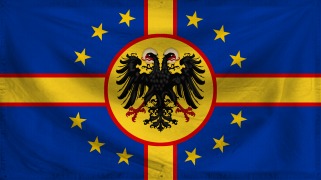Hanovereich wrote:Since I see Danzig is already reserved, just ignore whatever I said on it.
The Baltic states, part of Belarus and part of real life Poland's interwar eastern voivodeships are still free, but that's about it.
This is the latest version of the map.






 .
.